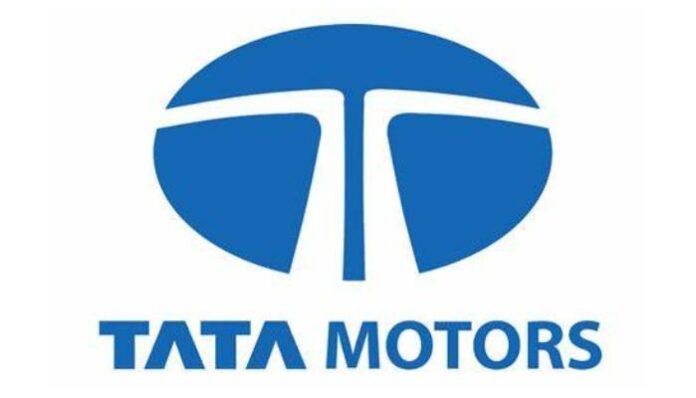Tata Motors’ quarterly earnings for FY25 show a dip in profit due to sluggish sales from its Jaguar Land Rover (JLR) division and domestic auto markets, despite efforts to navigate production constraints and changing market conditions.
Weaker Sales Drag Down Profitability.
Tata Motors reported an 11% year-on-year drop in its consolidated net profit for the second quarter of FY25, posting ₹3,343 crore. This decline comes on the back of reduced revenues from its luxury vehicle division Jaguar Land Rover (JLR) and weaker domestic commercial and passenger vehicle sales. The company also recorded a 3.7% drop in revenue from operations, marking its first revenue decline in ten quarters, which amounted to just over ₹1 trillion.
The company’s chief financial officer, P.B. Balaji, attributed the revenue and profit drop to lower wholesales of both JLR and the domestic passenger vehicle segment. The luxury arm’s profitability was particularly impacted by supply chain issues, including a shortage of aluminum, which is vital for the production of high-end vehicles. JLR, which constitutes around two-thirds of Tata Motors’ total revenues, reported a revenue fall of 5.6% to £6.5 billion, and its EBIT margin shrank by 220 basis points to 5.1% amid these temporary supply disruptions.
Profit Margins and EBITDA Hit Hard.
The company’s earnings before interest, taxes, depreciation, and amortization (EBITDA) margin also took a hit, declining by 230 basis points year-on-year to 11.4%. Tata Motors’ overall EBITDA for the quarter fell by 14.2% to ₹11,736 crore compared to the same period last year. Despite this, Balaji remained hopeful that the company’s efforts to streamline operations, including leveraging the government’s Production-Linked Incentive (PLI) scheme for advanced automotive components, would help improve profitability in the coming months.

Electric Vehicle Challenges and Hybrid Considerations.
Tata Motors’ electric vehicle (EV) segment also faced challenges, with a 16% drop in EV sales compared to the previous year. This decline is partly attributed to a government decision to remove subsidies for electric vehicles used in commercial taxi fleets. Balaji, however, expressed cautious optimism, stating that the company expects to see improvements from the third quarter onward, particularly as it begins to receive funding from the PLI scheme for its electric vehicle initiatives.
Looking further ahead, Tata Motors is adopting a flexible approach to hybrid vehicles. The company is open to producing hybrids if there is demand from consumers, particularly in the personal vehicle segment, which accounts for about 80% of the market. However, the fleet segment will take longer to react due to its dependence on Total Cost of Ownership (TCO), Balaji noted, as the company focuses on the most profitable sectors.
Cautious Outlook Amid Domestic and Global Demand Fluctuations.
Looking forward, Tata Motors has maintained a cautious stance regarding domestic passenger vehicle demand. Despite a strong festive season, the company will continue to monitor consumer sentiment in the coming months, particularly in November. If sales fail to pick up again in December, the company could face more challenges. However, Balaji is hopeful that the demand for commercial vehicles (CV) will rise as government infrastructure spending gains momentum. Tata Motors is seeing improved freight availability and increased truck usage in October, providing some optimism for the commercial vehicle sector.

Focus on JLR’s Performance and China Market.
On the JLR front, Tata Motors continues to focus on global demand, with particular attention being paid to the Chinese market. The company is monitoring China closely, where government stimulus programs are being implemented to revive demand in the luxury car segment. Balaji acknowledged that the Chinese market remains crucial for JLR’s recovery, with expectations that these initiatives could help revive sales in the region.
Looking Ahead: Tata Motors’ Strategic Positioning.
Despite the challenges in the quarter, Tata Motors remains focused on long-term growth. The company’s continued investments in electric and hybrid technologies, its efforts to streamline operations, and the potential benefits of the PLI scheme are all part of its strategy to navigate through current uncertainties. With its focus on adapting to changing market conditions, including the fluctuating demand in both domestic and international markets, Tata Motors will be closely watching developments in the coming quarters, particularly in terms of commercial vehicle demand and JLR’s recovery in China.

